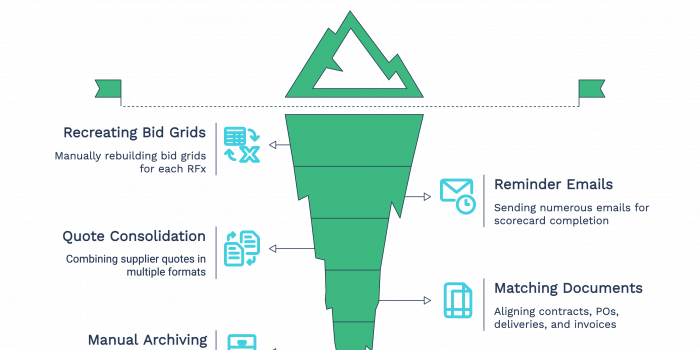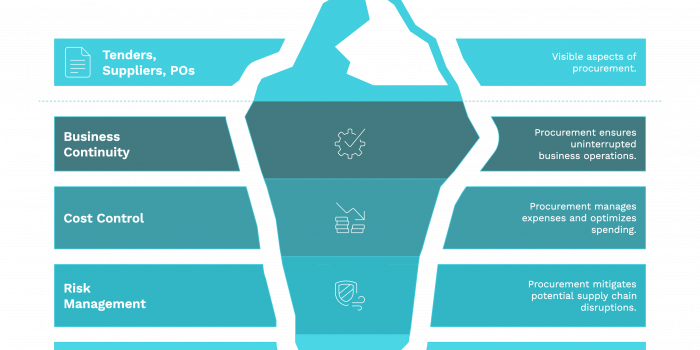11 Important Tips For Applying For A Tender
Here are a few important tips for success when responding to a bid and, in general, participating in public procurement

In this article, we want to share a few important tender tips for success when responding to a bid and, in general, participating in public procurement. Every supplier knows a thing or two about government tenders and public procurement in general. For most, it’s a tedious and demanding process. But the few who’ve managed to figure it out understand how lucrative it can be for your business.
For us, this is about the SMEs that we work with, whom we want to see participating more in procurement. We believe these businesses will play a critical role in growing our economy over the next 5 to 10 years. There is a deliberate drive to have more Small and Medium Enterprises take advantage of these procurement opportunities both globally and locally.
In a previous article, we gave more details on the programme and explained why an AGPO certificate is important for your business. But the problem is that AGPO businesses are not winning tenders and they mostly fail at the technical evaluation stage.
The tender tips we’ve provided in this article give an overview of the simple things you could easily overlook when responding to a Request For Proposal (RFP). The specific details may vary from one RFP to another but the general approach to bidding with confidence starts here. These tender tips also apply for the private sector, NGOs and other sectors that do procurement so take notes!
We hope that they will help you as you prepare your applications and look to winning more contracts. So here goes…
1. Always do your research
Not every tender out there is for you. The requirements and evaluation processes vary across the different procuring entities. It’s important to find out what you can beforehand. Once you have familiarised yourself with the entity and their process, decide if want to participate in it. Additionally, will also allow you to gauge whether your business has the capacity to handle that tender.
2. Created a detailed checklist for each tender
Patiently read the tender document while noting all the requirements asked for. You can use Scale to create a tender checklist for each of the documents as requested in the tender. That way, you do not run the risk of leaving out anything.
3. Organize your documents distinctly
Order your documents according to how they’ve been listed/requested in the tender. Arrange the documents in order and make certain you place the most relevant documents at the appropriate place within the proposal. This makes it easier for the evaluators to see them and give you the much-needed points.
Using our digitized checklist enables you to order the documents immediately after creating the checklist.
4. Include any and all relevant details
Sometimes we are of the assumption that some information may not be important. Your company profile, director IDs, certified bank statements, accreditation as well as reference letters are all important to attach.
Basically, you need to provide all the documents in the RFP, plus anything more that clearly brings out your capabilities.
5. Attach References from previous clients
References provide some reassurance in regards to your ability to deliver on the job. They provide proof that you can handle the magnitude of work involved in providing the goods and services you are bidding for.
By attaching references, you give the procuring team some peace of mind knowing you have other clients who vouch for your work.
6. Pay attention to the templates/forms provided
It’s important to ensure that you fill in the templates and forms according to the format provided. Make sure you sign and stamp the Form of Tender, Price Schedule, Confidential Business Questionnaire, Integrity Declaration, Debarment Declaration Form etc.
Additionally, upon request, make sure the same documents are notarized as well.
7. Utilize the latest Market Price Index
Published by the Government of Kenya, the Market Price Index has proved to be an important tool for suppliers. It provides a breakdown of commonly procured items, specifications, unit of purchase and respective brand names across the different categories.
If you supply goods, you definitely need to know whether the price you have quoted fits the financial response criteria. Use it!
8. Proofread to minimize errors
When you complete the tender application, it’s important that you proofread each document it end-to-end. Pay particular attention to how you have filled the price schedule or bill of quantities. Make sure the amount in figures matches with what is in the words, and that all your taxes add up.
Additionally, proofreading one last time ensures you have everything in check. This is how you get to minimize any errors.
9. Serialize your application
Serialisation doesn’t seem like it should rank highly when it comes to winning tenders. But it is a mandatory requirement that cannot be ignored. Use Scale to create a digital checklist of the tender requirements and then arrange them in the right order.
By selecting the ‘Serialise document‘ option, Scale will automatically serialise your document as soon as you export the final document.
10. Notarization of your documents
11. Submit the tender on time
Many people make the mistake of waiting till the last minute and therefore not having sufficient time to proofread or end up submitting the tender after the last date. Unless there is a deadline extension or pre-arrangement regarding the late submission of your tender, don’t make the mistake of late submission as your proposal will NOT be accepted.
Sign into Scale and get access to hundreds of tendering opportunities for FREE…Good luck!








